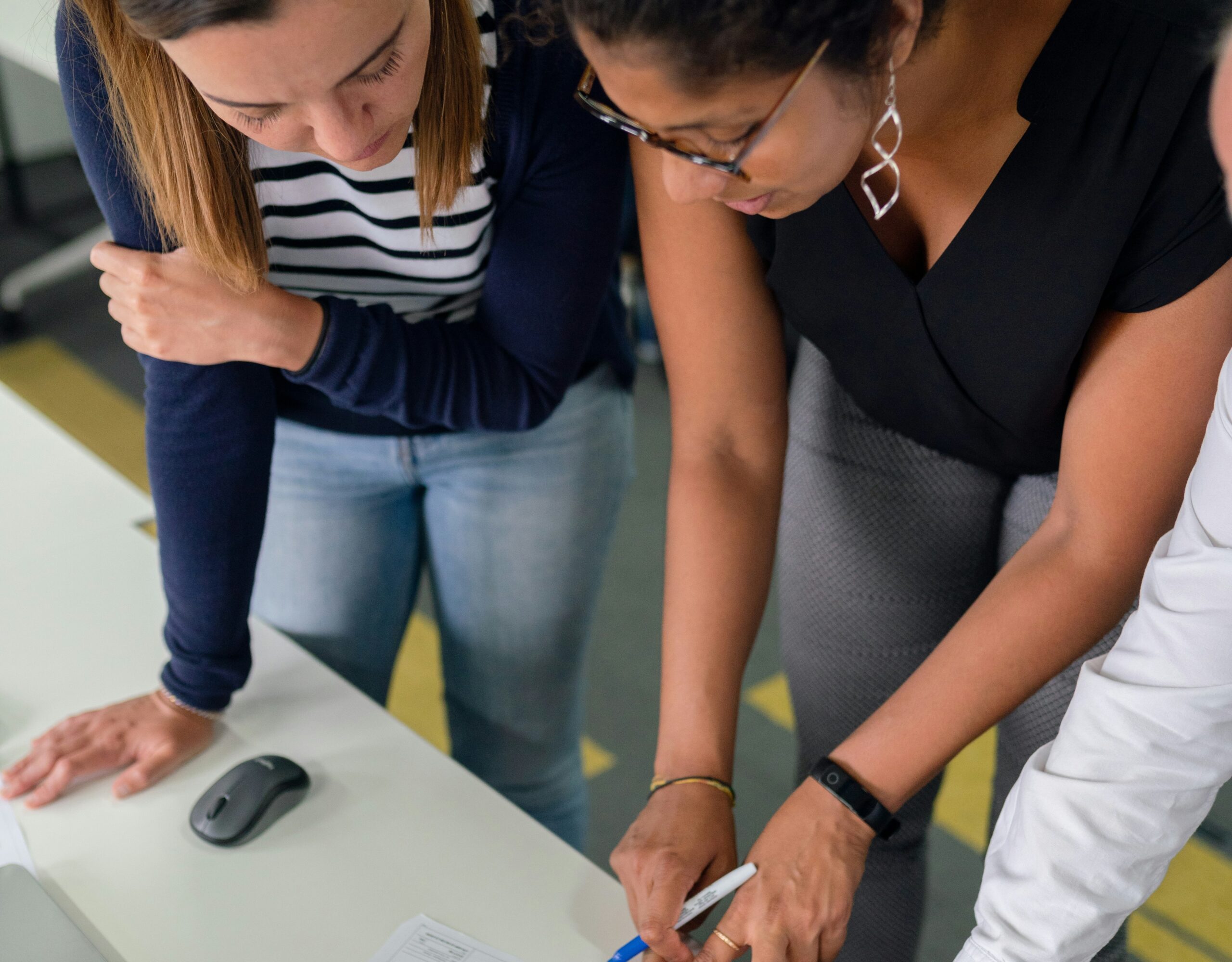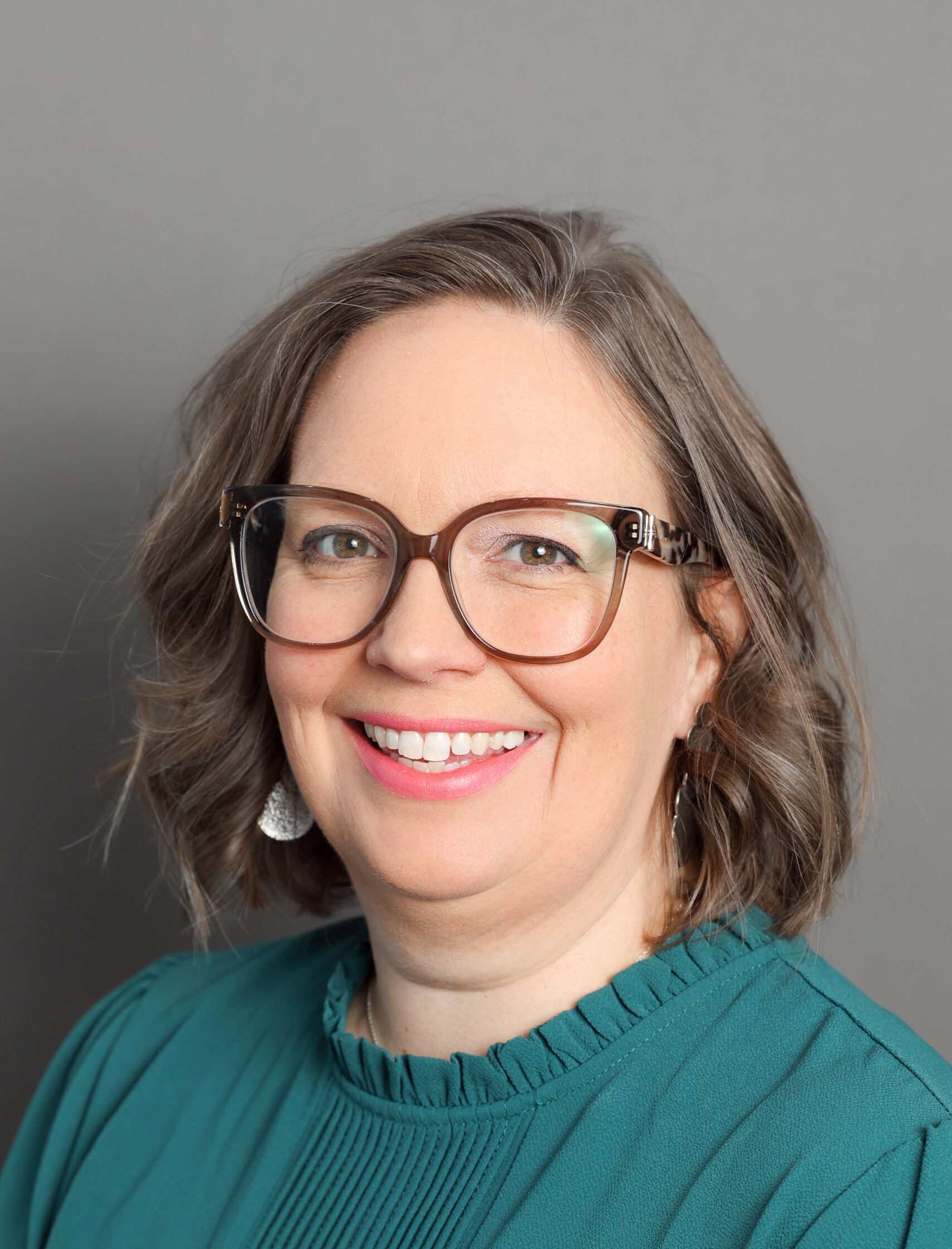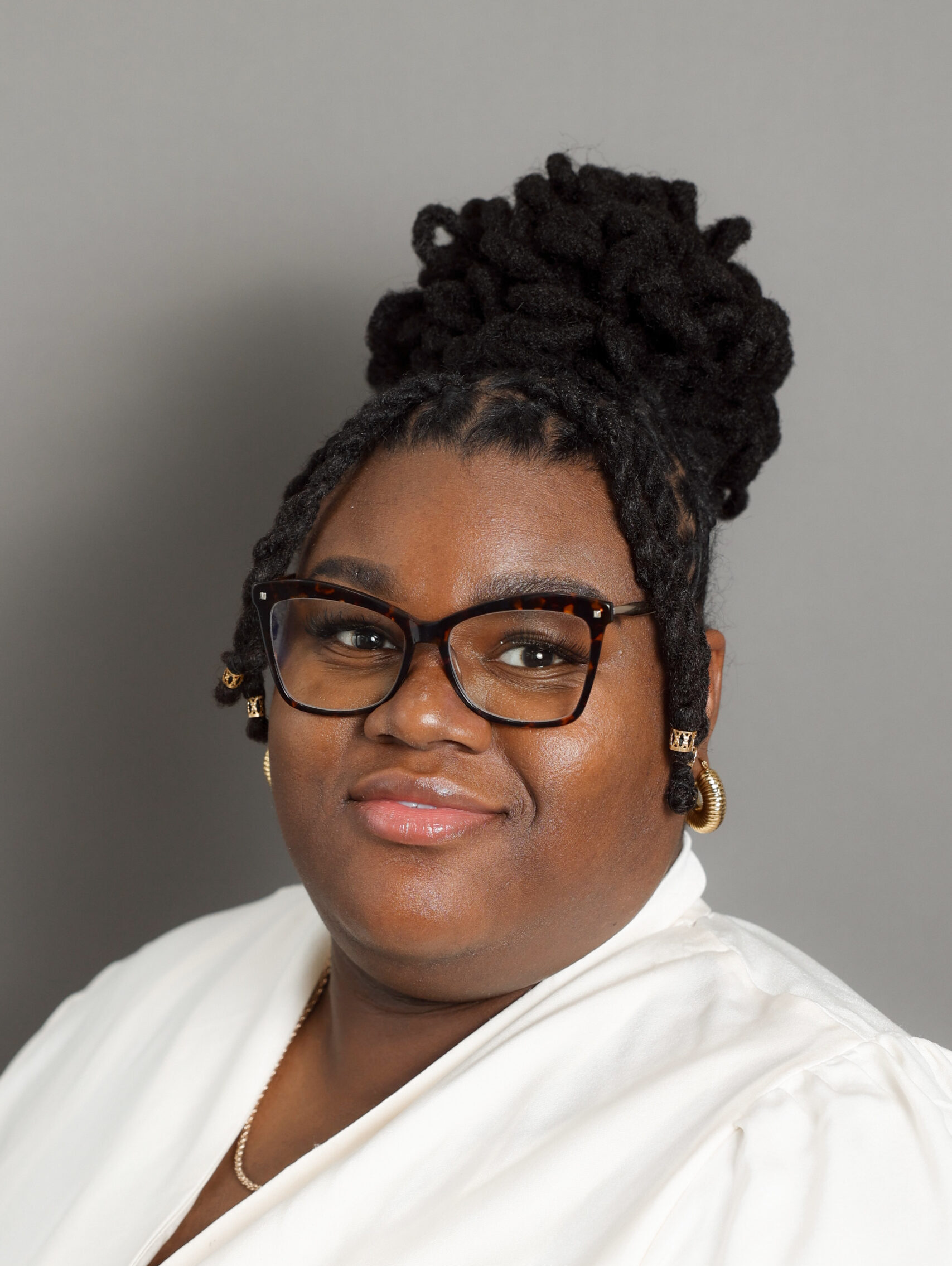Bridging the gaps: A decade of lessons from CDP’s Midwest Early Recovery Fund

In a disaster philanthropy landscape where high-profile climate and weather-related disasters often dominate attention and funding, CDP’s Midwest Early Recovery Fund offers a powerful alternative that centers often-overlooked communities and long-term recovery. For over a decade, CDP has supported communities after low-attention disasters — floods, tornadoes and wildfires – that may not make national headlines but leave lasting damage and recovery needs.
When I began leading CDP’s Midwest Early Recovery Fund (the Fund) six years ago, I knew traditional funding models don’t always work for rural, low-attention disasters. Effective disaster philanthropy is more than funding — it’s about trust, equity and commitment to communities often left behind. The Fund was designed to bridge gaps, prioritize equity and strengthen local capacity.
Now, after years of listening and adapting, a recent evaluation conducted by Point b(e) Strategies reinforces the strength of this approach. The findings offer a roadmap for future investments and collaborations in rural disaster recovery.
A retrospective and roadmap
At the heart of this report is the recognition that all disasters are deeply personal, and therefore, the recovery is also personal and relational. The work of the Midwest Early Recovery Fund goes beyond distributing grants and collecting data — it fosters community-driven recovery through intentional partnerships.
The report highlights how grantmaking infused with technical assistance, deep listening and flexible support can increase capacity, reduce isolation and catalyze more equitable recoveries.
“We were able to pivot from response to recovery because of CDP.” — Focus group participant
Building trust and advancing equity
The Fund’s hyper-local grantmaking approach and commitment to marginalized communities offer clear lessons for the field.
- Disaster recovery is complex; it’s never the result of a single intervention. This evaluation reaffirms that recovery is a collective effort between community leaders, nonprofits, funders, governments, businesses and many others. At CDP, this means our grantmaking starts with decentering ourselves, recognizing that we can contribute to a community’s recovery, but we do not play a central role. Disaster philanthropy in a community should begin with listening in order to fund and prioritize unmet community needs, not our own objectives or desired impact.
- At its core, disaster recovery is relational. The evaluation affirmed what we’ve always known — trusted relationships between funders and community partners Our Fund staff are not just grantmakers; they are partners and connectors. Connecting grantee partners to each other, to a network of experts that support community-led recovery, and to other funders and opportunities.
- Equitable recovery requires time, leadership and intentionality. Engaging with communities and grantee partners who represent and assist populations that have been marginalized and feel invisible is incredible work that calls us as an organization to be committed to staffing and sustaining. The evaluation shows that the time, careful attention, and patience to build trust and support beyond the check are deeply meaningful. This translates into an understanding that communities need strong leadership, time and intentionality; affirming that supporting community-based leadership by funding salaries, benefits, access to appropriate expertise and staff-care resources is a vital part of what funders can do to contribute to equitable recovery.
“They try to find out how to get a voice from those [marginalized] communities… valuing the less visible communities and knowing that it takes time and relationship-building to get to that layer.” — Informational interviewee
A call to action
At CDP, we remain committed to applying these insights to strengthen disaster philanthropy. As the Fund evolves, we invite donors and partners to support models centered on trust, equity and locally-driven recovery.
Together, we can shape a future in which the impact of disasters is minimized by thoughtful, equitable and responsible recovery for all.
For deeper insights and recommendations, explore the executive summary and full report.

